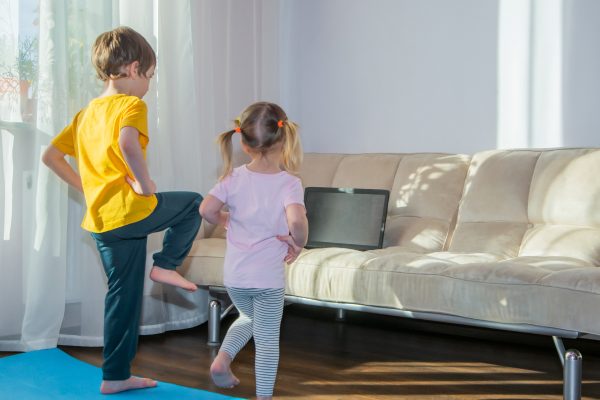
Enhancing skills and having fun: outdoor toys that do double duty
Spring and summer mean more time for outdoor play; after school and weekend sessions full of fun and fresh air with opportunities galore for growing physical strength, enhancing social skills, cognitive abilities and emotional resilience. With one eye on fun and the other on function, fill your backyard with these skill-building toys and equipment:
Sensory play equipment
Sensory play is important for children with sensory processing difficulties and investing in outdoor toys that engage multiple senses can be hugely beneficial. Introduce various sensory materials such as kinetic sand, water beads, and textured fabrics for tactile exploration. Set up a water play station with containers of different sizes to develop pouring and scooping skills. Incorporate colour recognition by playing sorting games with coloured items in the sensory table.
Ball play
Simple, but effective. Playing with balls is a versatile and enjoyable way to improve motor skills and social interaction. Balls of various sizes and textures can be used for throwing, catching, kicking, and rolling, enhancing hand-eye coordination, depth perception, and spatial awareness. Engaging in ball play with siblings, friends, or parents also nurtures communication and teamwork.
Some ideas to try: set up target games using hula hoops or buckets, encouraging the child to throw or roll the ball to hit the target. Practice catching and throwing while moving closer or farther away from each other. Introduce different types of balls with various textures and sizes to challenge sensory perception.
Balance boards and rockers
Balance boards and rockers are excellent tools for improving core strength, stability, and balance. These toys challenge a child’s ability to maintain equilibrium, enhancing their posture and overall stability. Children can play independently or with a friend, fostering social interaction and cooperation. Create balance challenges by placing soft objects on the balance board or rocker, prompting the child to maintain balance while carrying out tasks like stacking blocks. Use the equipment for imaginative play, incorporating storytelling and movement to engage creativity while improving balance.
Adaptive swings
Swinging is not only fun but also offers numerous therapeutic benefits. Adaptive swings designed with proper back and neck support can provide vestibular input and help children develop better balance and spatial awareness. Swinging also has a calming effect on the nervous system, making it particularly beneficial for children with sensory sensitivities.
Obstacle Courses
Creating simple obstacle courses using cones, hoops, tunnels, and ramps encourages children to engage in dynamic and purposeful movement. These courses challenge their agility, coordination, and planning skills. Modifying the course’s complexity can cater to a child’s specific needs and progressively improve their physical abilities. You could also set up a timer and encourage the child to complete the course faster each time, promoting goal-setting and motivation.
Outdoor art stations
For children with fine motor challenges, outdoor art stations can be highly beneficial. Setting up an outdoor space with easels, chalkboards, and large paintbrushes promotes creativity while enhancing hand strength and coordination. Activities like painting and drawing contribute to fine motor skill development and boost self-expression. Offer a variety of art materials like oversized paintbrushes, sponges, and textured objects to create different textures and patterns. Encourage the child to paint using their fingers or hands, promoting tactile exploration. Use natural materials like leaves and flowers to inspire unique outdoor-themed artwork.







